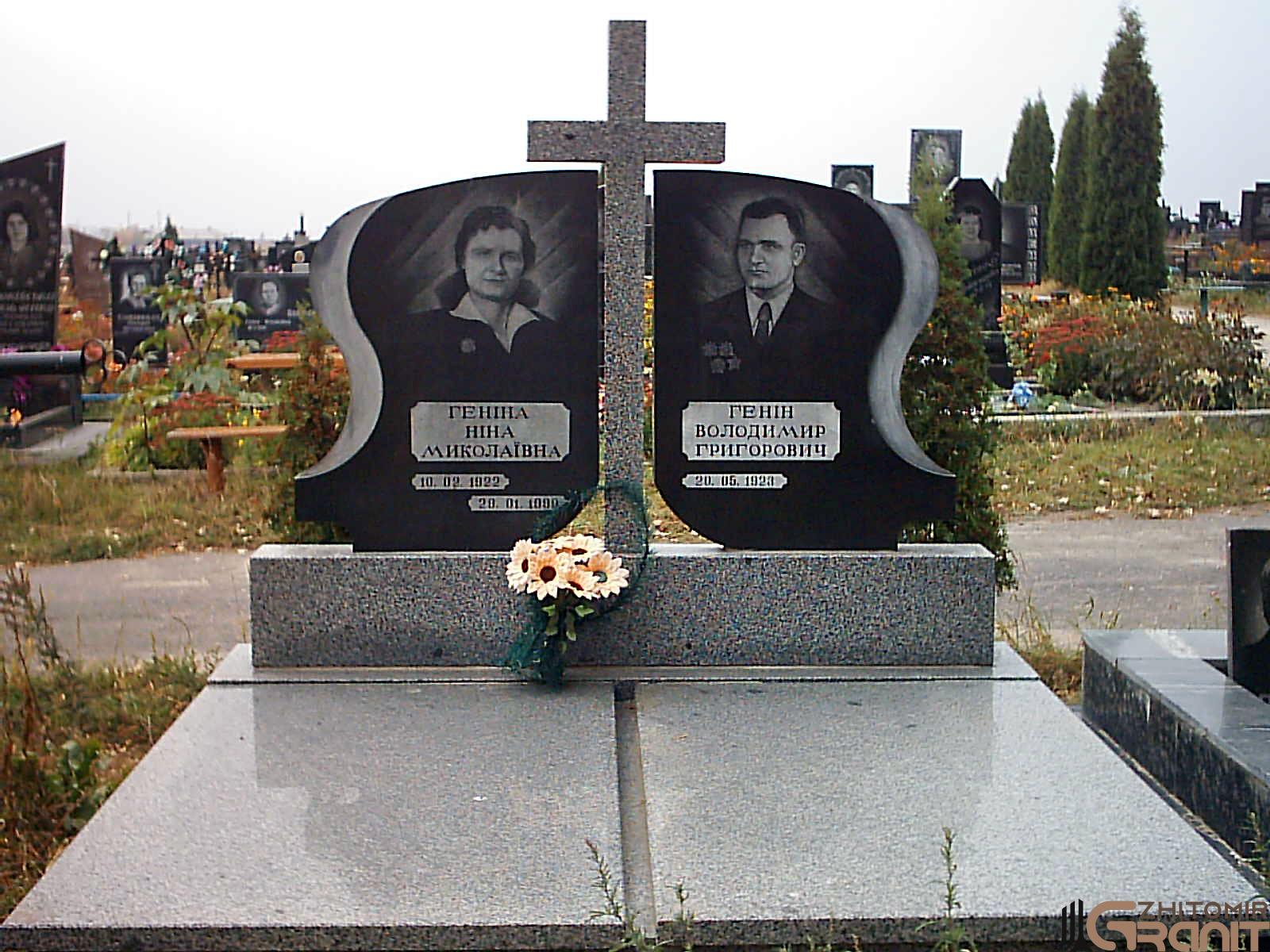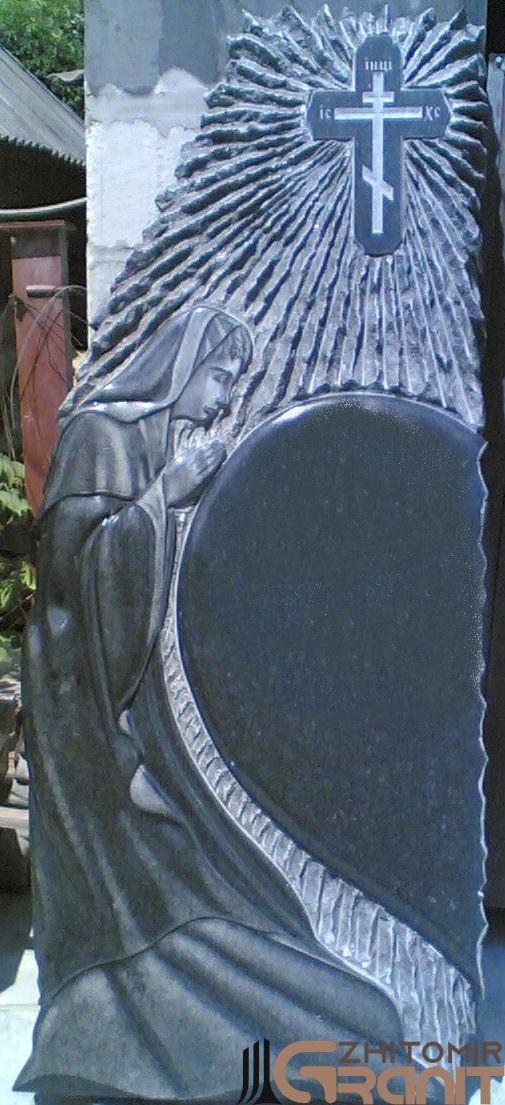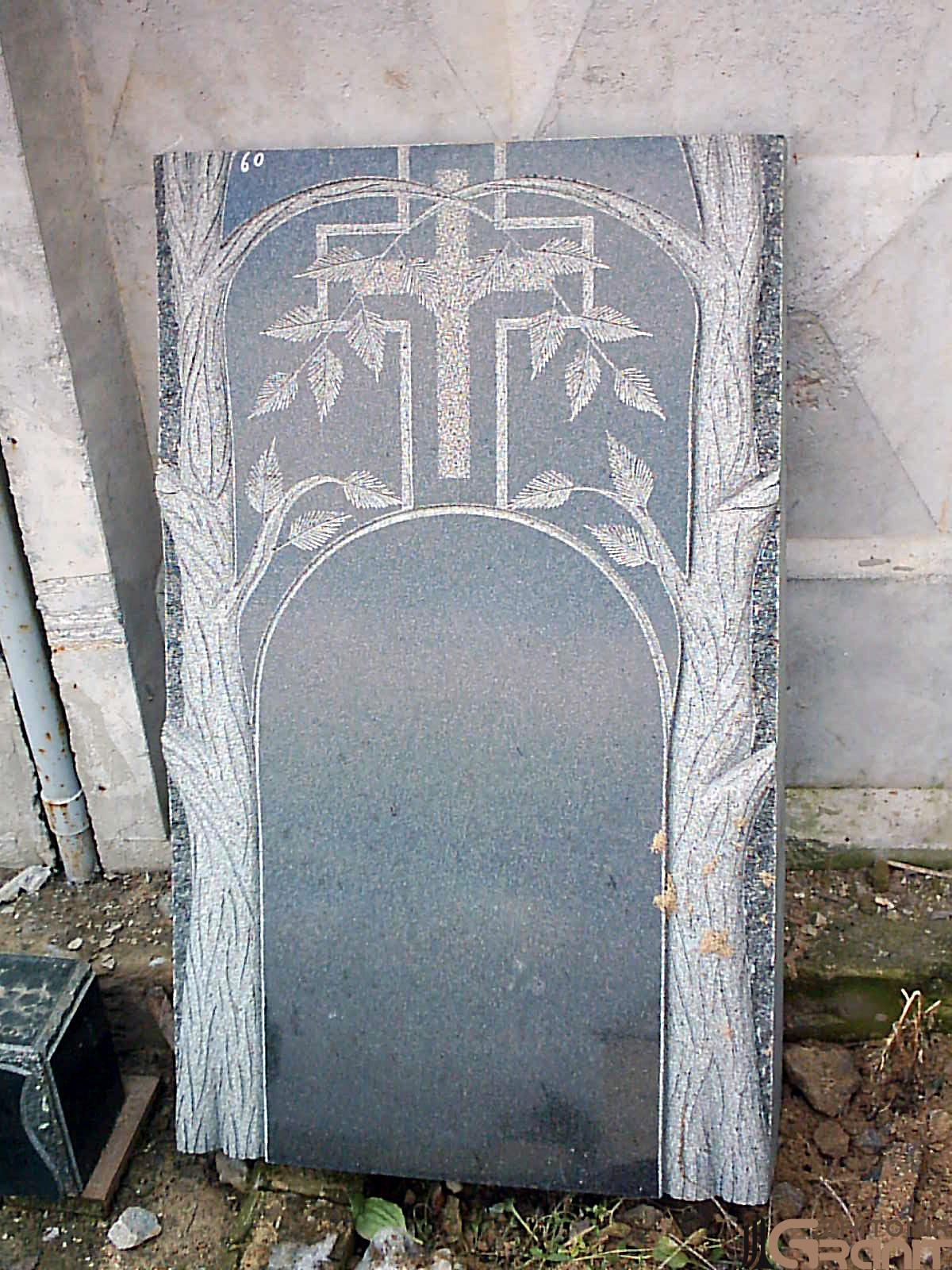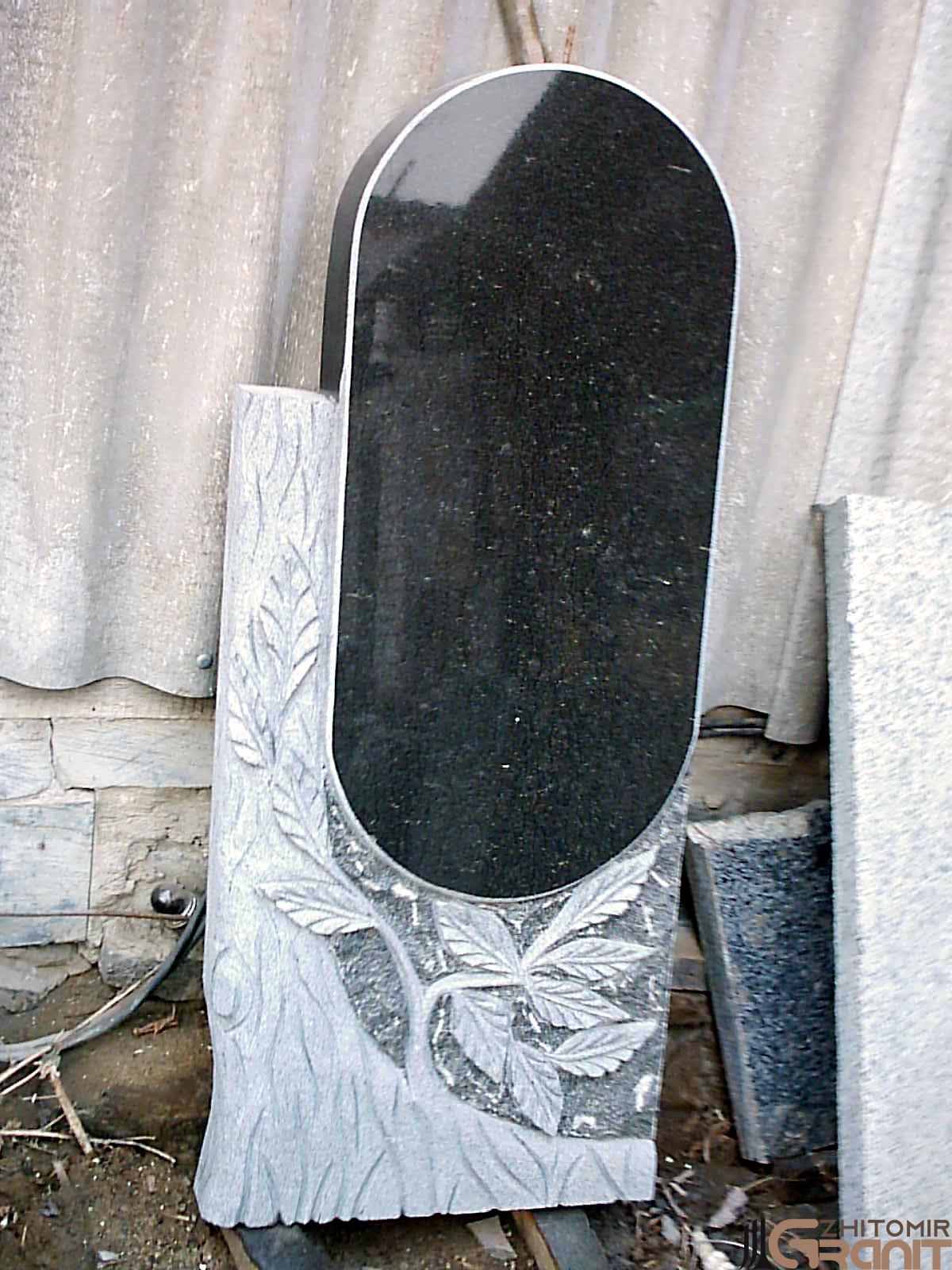Articles
Manufacturing of monuments from granite
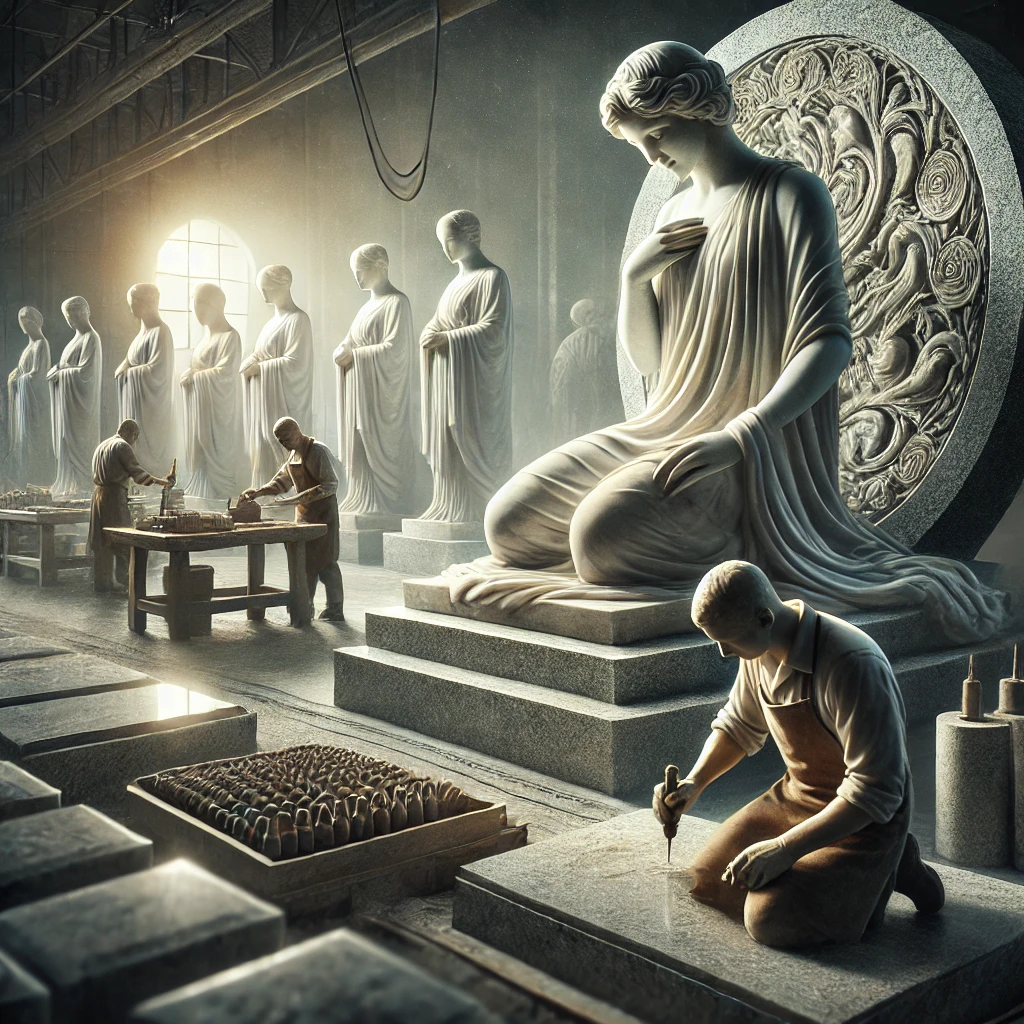
The uniqueness of the process of creating monuments
The production of memorial plaques or structures from granite is a process that is always unique and individual. Each monument has its own history, style and intention, which makes it not just a product, but an artistic object. Thanks to the properties of granite, this material is ideal for creating durable monuments that can stand the test of time.
The main types of granite monuments
Granite monuments are classified according to their design and style. The main types include:
- Vertical monuments - are usually made in the form of an obelisk. This type is the classic and most common.
- Horizontal monuments - are installed for several people at the same time. Their wide surface allows for the placement of several names, making this option practical for family memorials.
- Author's monuments - are created according to individual or exclusive sketches. They provide an opportunity to express uniqueness and originality.
- Memorial complexes - are a complex architectural ensemble. Such structures require careful design and the involvement of highly qualified specialists.
A variety of shapes and designs
Modern technologies for working with granite allow us to create monuments of various shapes. Among the most popular options:
- stelae;
- the shape of the sail;
- design in the form of a "Napoleon hat";
- "waves";
- "Monomakh's hat".
However, even the most modern equipment has its limitations, as granite is an extremely durable material. For example, carving complex floral ornaments requires special skills and considerable experience of craftsmen.
High demands on craftsmen
Working with granite is a complex and multi-stage process that requires the involvement of qualified specialists. The production of monuments involves a clear division of responsibilities:
- Stonemasons perform material processing and create basic shapes.
- Sculptors are responsible for individual design elements and decorative details.
In the case of special orders, sculptors from other industries are involved in the project, which allows us to create monuments of high artistic value.
The most popular materials
Granite is the main material for the manufacture of monuments, but among the varieties there are gabbro. This type of stone has a deep black hue, which is associated with mourning and severity. Advantages of gabbro:
- perfect polished surface;
- ease of complex engraving;
- durability and resistance to external influences.
Stages of manufacturing granite monuments
- Material selection - the type of granite is selected depending on the design and durability requirements.
- Create a sketch - development of a design that takes into account all the client's wishes.
- Carving and engraving - are made on specialised equipment or by hand to create unique elements.
- Polishing and finishing - ensures the aesthetic appearance and durability of the product.
- Installation - installation of the monument at the chosen location in compliance with the technical requirements.
Advantages of granite monuments
- Durability - granite is highly resistant to weathering and mechanical damage.
- Aesthetics - The material allows you to create monuments of various shapes and styles.
- Individuality - the possibility of manufacturing monuments according to unique sketches.
Conclusion.
The manufacture of granite monuments is an art that combines advanced technology and the skill of human hands. Due to the durability and aesthetics of granite, such monuments become not only symbols of memory, but also real works of art. If you are looking for a high-quality and individual approach to the creation of monuments, choosing granite will be the best solution.


